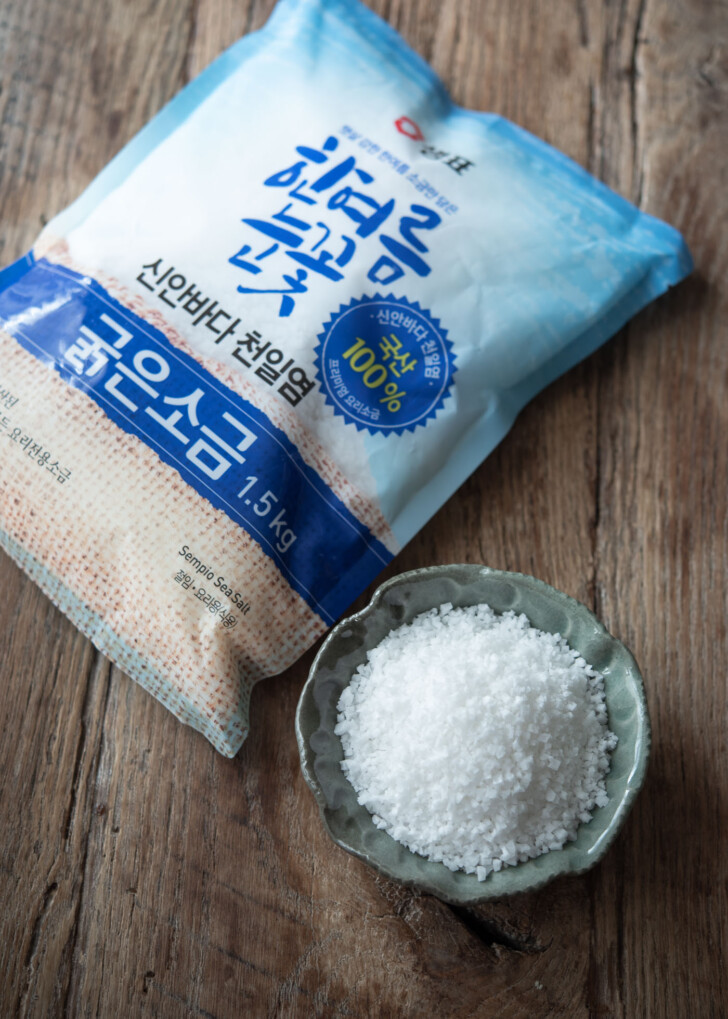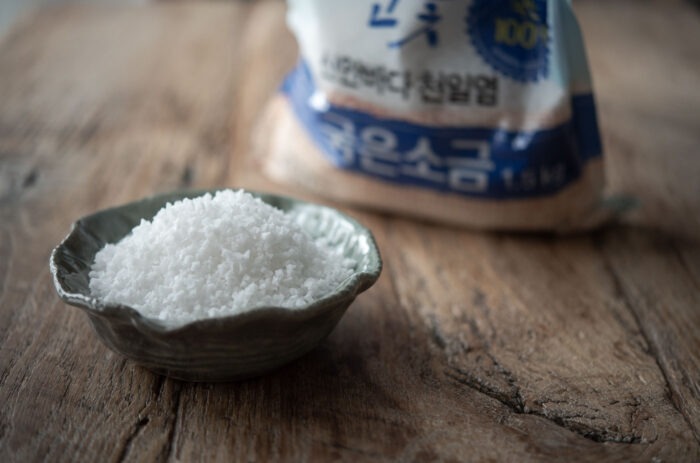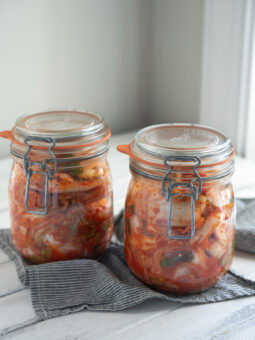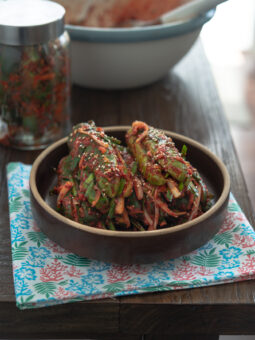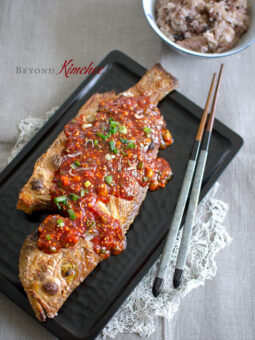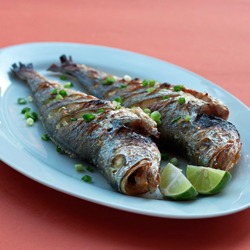Korean Coarse Sea Salt (Cheonilyeom)
Coarse sea salt plays an important role in making fermented Korean condiment, such as doenjang, gochujang, ganjang, guk-ganjang (Korean soup soy sauce), and kimchi.
Almost all Korean use this coarse sea salt called Cheonilyeom (천일염) for preserving food and for making kimchi.
It contains healthy minerals, which actually aid the primary taste of the dish you are making with. Therefore the quality of salt you are using affects the taste and flavor.
How is Korean sea salt is made
Korean coarse sea salt is from seawater that has been collected in ponds and let naturally dried in the sun and wind. The salt is minimally processed without additive. It eventually crystallizes but retains the moisture. The best quality Korean coarse sea salt is aged up to 3 years to remove the bitter taste.
If you are making a batch of kimchi, selecting a right kind of salt is crucial to avoid bitter aftertaste or mushy texture from your kimchi as an outcome.
Other usage of Korean coarse sea salt
Korean sea salt is not only used for preserving or fermenting the food, it is also used to salt fish or meat when grilling. The minerals in the sea salt help the growth of lactic acid bacteria, and these bacteria promote protein decomposition in fish or meat, resulting in more delicious taste without covering up their natural flavor.

